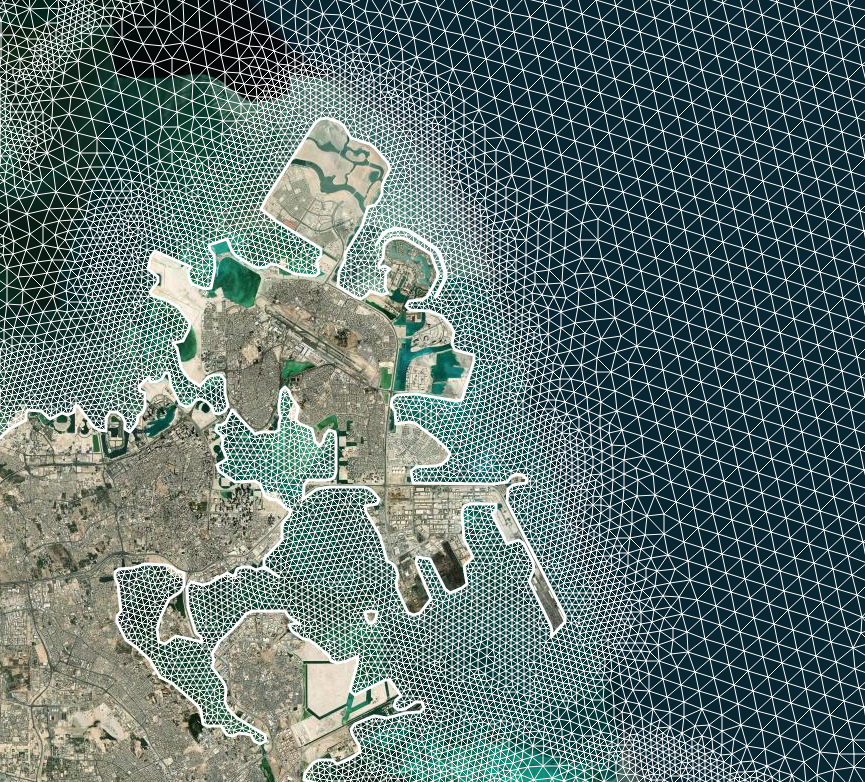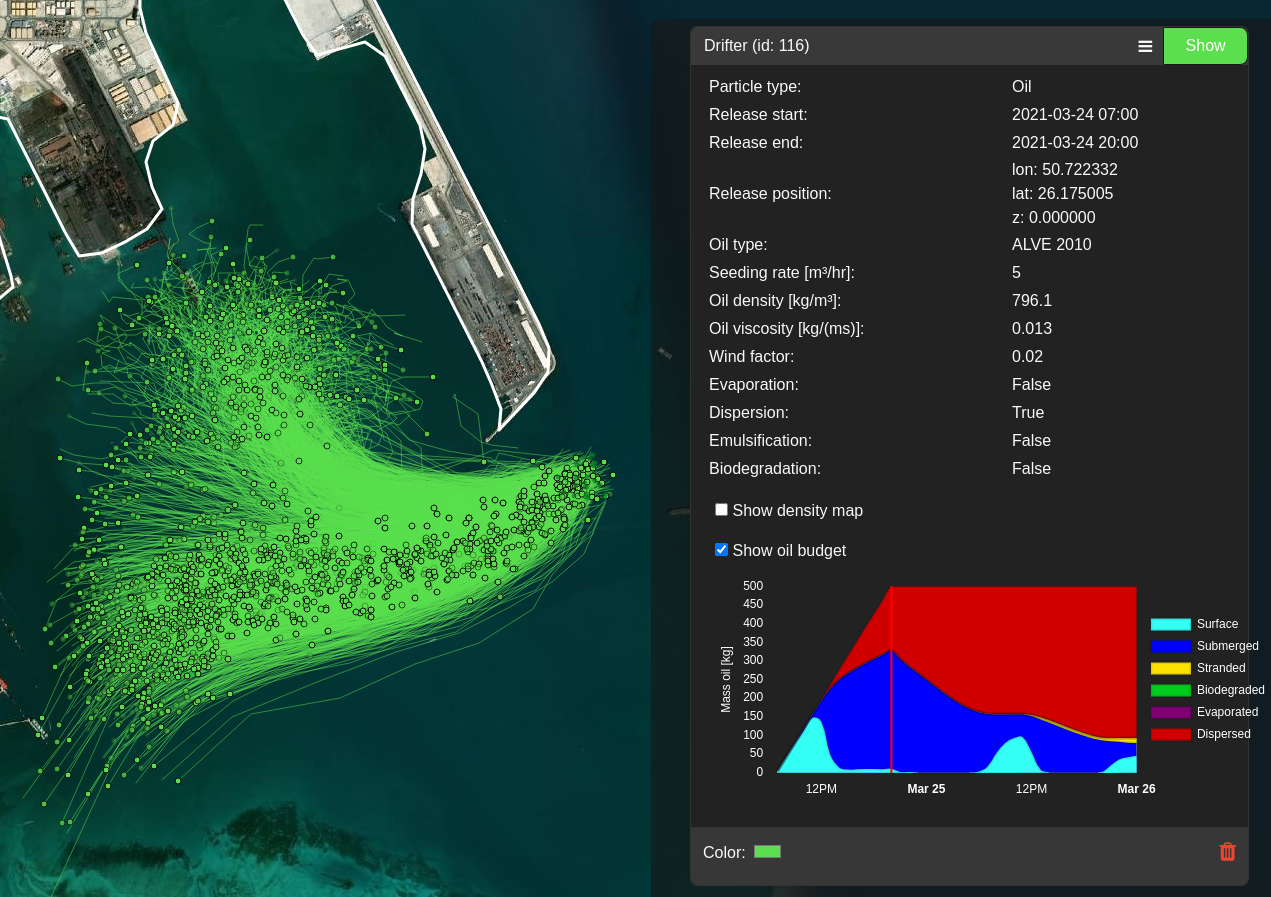Modeling platform
Modeling platform
The modeling platform allows you to run coastal ocean simulations anywhere in the world and for any period of time. Our variable-resolution unstructured-mesh ocean and wave models allow you to accurately simulate fine-scale flow features in areas of interest. Building the mesh, gathering all the model forcings and parameterizing it is a matter of minutes. We take care of all the technical issues so that you can focus on your application.
SeaLab allows you to simulate coastal processes with state-of-the-art hydrodynamic, wave and transport models. All these models rely on an unstructured-mesh discretization of your area of interest. Default parametrizations and forcings allow non-expert users to set up model simulations in a couple of minutes. Expert users have the possibility to fine-tune the parametrizations and use their own forcings to take full advantage of the platform.
Mesh generation
Our mesh generator has been specifically designed for coastal applications. It can precisely represent the complex geometry of the coastline and does not require any manual intervention. The mesh resolution depends on the distance to the coast and on the bathymetry. You can also easily increase the resolution in areas of particular interest. The default coastline topography can easily be modified by adding, for instance, artificial structures and hence assess their impact on the flow.

Hydrodynamics and waves simulation
Once the mesh is generated, users can simulate ocean currents and waves with the open-source models SLIM and SWAN. These models have default parameterizations, forcings and boundary conditions that allow them to run on the spot. More experienced users have however the possibility to use their own data if they wish. Depending on the type of subscription, each simulation can run on up to 96 cores hence ensuring a rapid turnaround.

Visualization and post-processing
All the simulation results can be visualized and analyzed on the platform. Users can easily extract timeseries, compare model outputs with observations from hundreds of buoys and precisely compare two simulations. Users can also run a range of transport models that use the hydrodynamic and wave model outputs to simulate the spread of different drifting substances and objects such as oil spills, sediment plumes and macroplastics.
More info